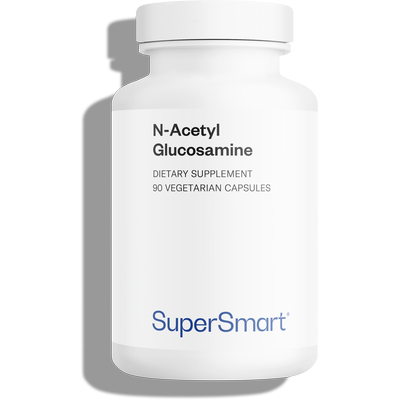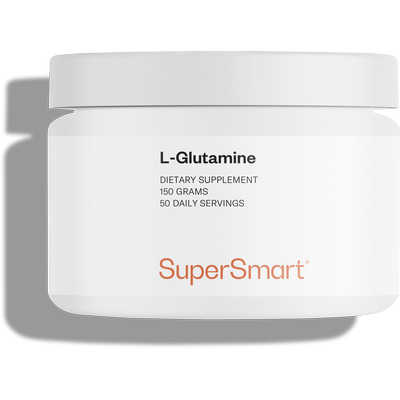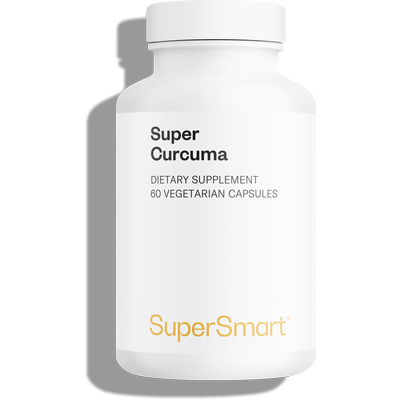05-10-2012
Do you suffer from uncontrolled problems with digestion or unexplained weight fluctuations? If so, it may simply be a question of food hypersensitivity.
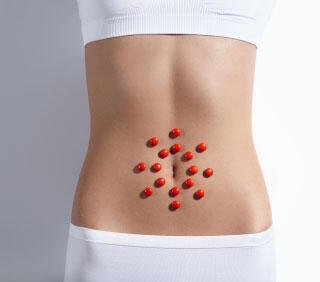 Some people are unable to tolerate certain cereals, pulses and dairy products. Why? Because of lectins – proteins found in both animal- and plant-based foods which specifically attach themselves to carbohydrates, potentially causing food hypersensitivity with symptoms such as:
Some people are unable to tolerate certain cereals, pulses and dairy products. Why? Because of lectins – proteins found in both animal- and plant-based foods which specifically attach themselves to carbohydrates, potentially causing food hypersensitivity with symptoms such as:
-
- gastro-intestinal: indigestion, gas, bloating, diarrhoea, nausea or vomiting.
- or more general: food cravings, energy lows, headaches, fatigue, unexplained weight gain, mood swings or low mood…
In addition, lectins may induce resistance to a hormone which regulates fat reserves called leptin, and in particular, they mimic insulin by stimulating adipocyte fat storage.
Gliadin is one of the most common lectins, found in wheat, oats, rye and barley, and is the cause of much inflammatory discomfort. Other lectins upset the balance of gut flora and most stimulate intestinal production of harmful polyamines (putrescine, spermidine and cadaverine) which reduce digestibility and use of protein in the intestine.
Blood group is a factor
Antigens (glycoproteins), present on the surface of blood cells, are specific to each blood group and in fact determine individual blood type. Some dietary lectins can actually attack a blood group because they resemble antigens from another blood group.
Natural remedies
It is obviously impossible to change one’s blood group, but many day-to-day digestive problems can be effectively resolved by using first-line preventive substances that bind to these troublesome lectins and eliminate them from the body. These include soluble fibre, saccharide substances as well as those that ‘nourish’ the gut and protect it from inflammation.
- Bitter orange (Citrus aurantium) is an important source of soluble fibre, including pectin, which increases intestine viscosity and is broken down by microorganisms, releasing short chain fatty acids with prebiotic benefits.
- Western larch (Larix occidentalis) provides prebiotic arabinogalactans that help relieve the symptoms of IBS, diverticulitis and ulcerative colitis.
- Sodium alginate is a gel-forming derivative of brown seaweed that ‘captures’ the lectins enabling them to be eliminated from the body.
- N-acetylglucosamine (NAG) , a mucopolysaccharide, is able to bind to wheat lectins.
- Two sugars are also very effective : fucose, extracted from Fucus vesiculosus algae, which binds to yeast and bacteria, and D-mannose, which is uniquely able to ‘stick’ to and neutralise Escherichia coli lectins, relieving urinary discomfort.
- L-glutamine is the main amino acid that provides energy to intestinal mucosa cells, both maintaining and repairing them.
- And finally curcumin, the active substance in curcuma, is now widely-recognized for significantly reducing intestinal inflammation.
Order the nutrients mentioned in this article
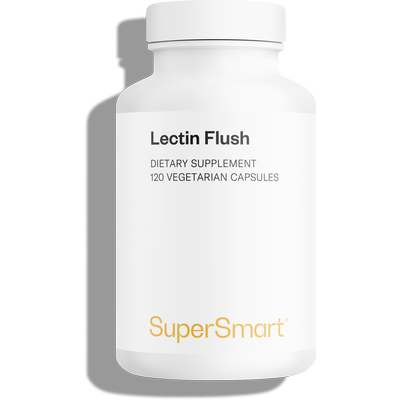
Eliminates food sensitivities and detoxifies, while avoiding weight gain
www.supersmart.comFurther reading
24-06-2019
Better known as PEA, palmitoylethanolamide is a natural and powerful active principle discovered in 1957. Since then, it has consistently been the subject of new...
Read more01-08-2018
Inflammation – whether unseen or painful – has always been at the root of a variety of incapacitating ‘diseases of civilisation’, such as cardiovascular disease,...
Read more29-07-2019
Magnesium has until now been mainly known as an essential mineral for nervous system balance, cardiovascular regulation, muscle function and bone health. Now it seems...
Read more© 1997-2025 Fondation pour le Libre Choix
All rights reserved
All rights reserved
Free
Thank you for visiting our site. Before you go
REGISTER WITHClub SuperSmart
And take advantage
of exclusive benefits:
of exclusive benefits:
- Free: our weekly science-based newsletter "Nutranews"
- Special offers for club members only



